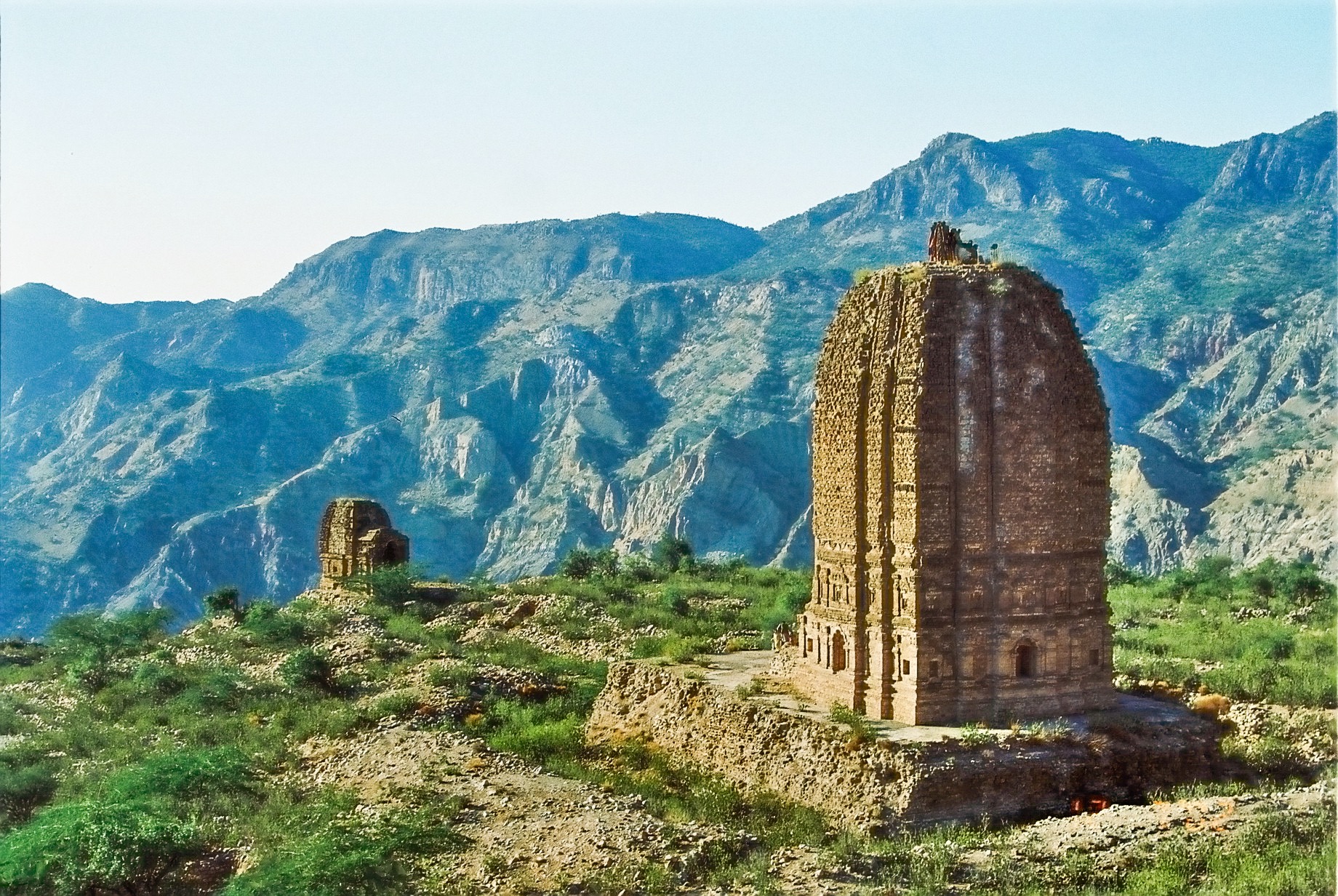Description
Khushab District (Punjabi ضِلع خُوشاب), is a district in the province of Punjab, Pakistan, with its administrative capital in Jauharabad. The district is named after the historical city of Khushab located within its boundaries. According to the 1998 census, the population was 905,711 with 24.76% living in urban areas. The district consists of four tehsils: Khushab, Noorpur Thal, Quaidabad and Naushera.Khushab is home to the Heavy Water and Natural Uranium Research Reactor part of Pakistan's Special Weapons Program.The boundaries of District Khushab are attached with District Sargodha, Distract Jehlum,District Chakwal, District Mianwali, District Bakhar and District Jhang.
Khushab is situated between the cities of Sargodha and Mianwali, near the river Jhelum. The district capital is Jauharabad (founded 1953, pop. 39,477). Khushab consists of agricultural lowland plains, lakes, and hills. Parts of the Thal desert touch the district, which has a breadth of over 70 miles (110 km) and is situated between the Indus river and the Jhelum river.There are three lakes (Ochali, Khabbaki, and Jahlar) in the district. Kanhatti Garden is the largest forest in Khushab district, near Khabbaki village in the Soon Valley. Khabikki Lake is a salt-water lake in the southern Salt Range. The lake is one kilometre wide and two kilometres long. Khabikki is also the name of a neighbouring village. Sakesar is the highest mountain in the Salt Range and is the site of the ancient Amb Temples. Sakesar’s summit is 1,522 m (4,946 ft) high and is situated in Khushab District.

